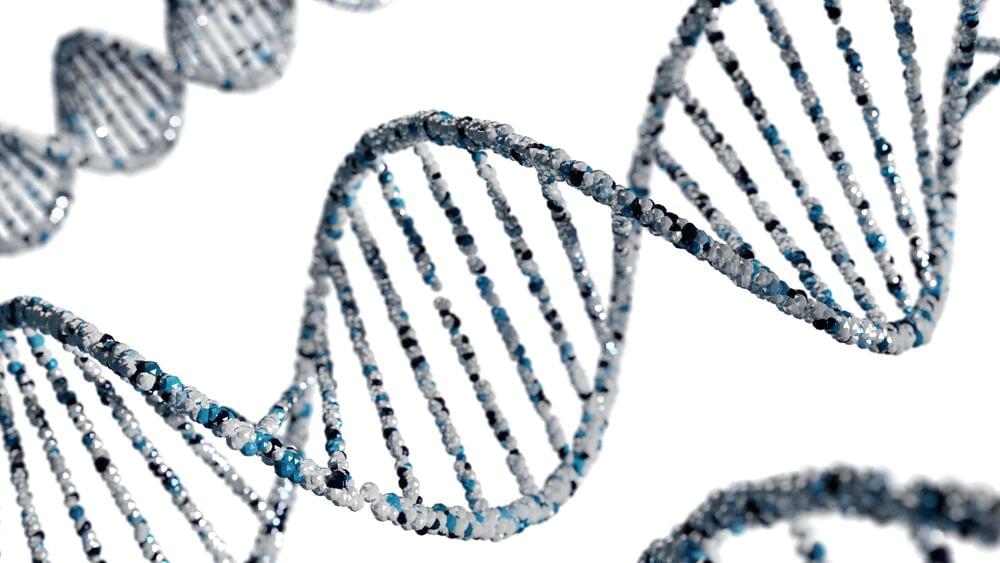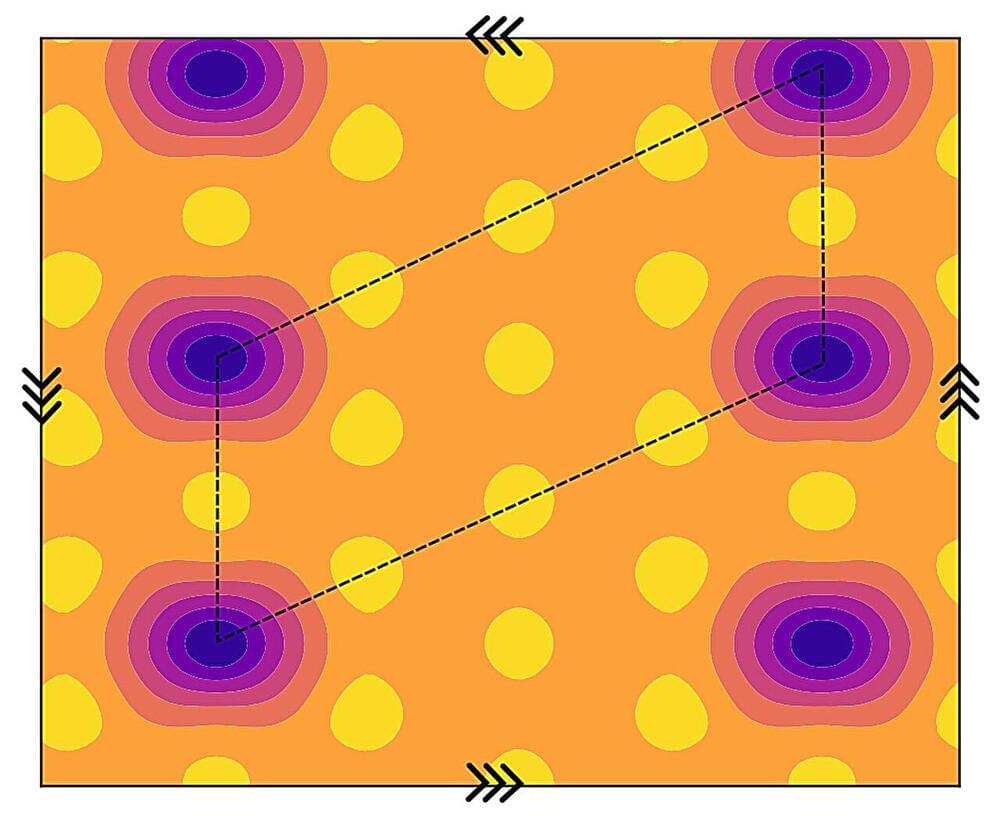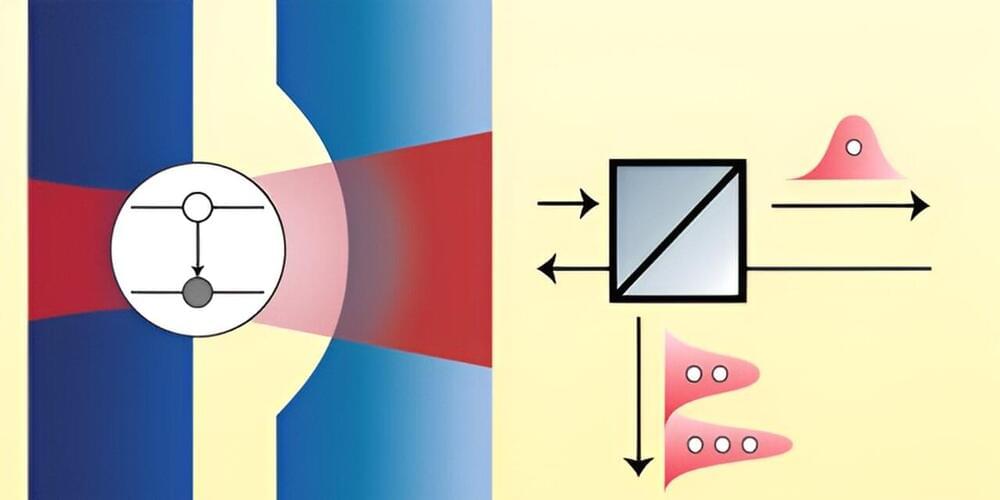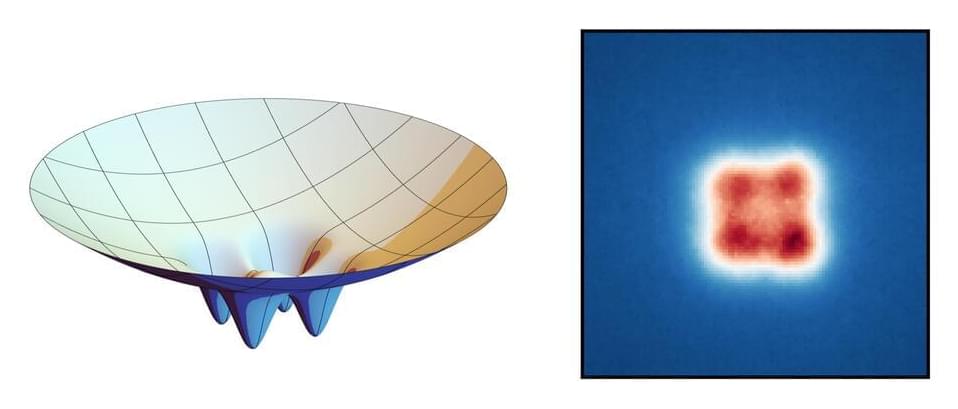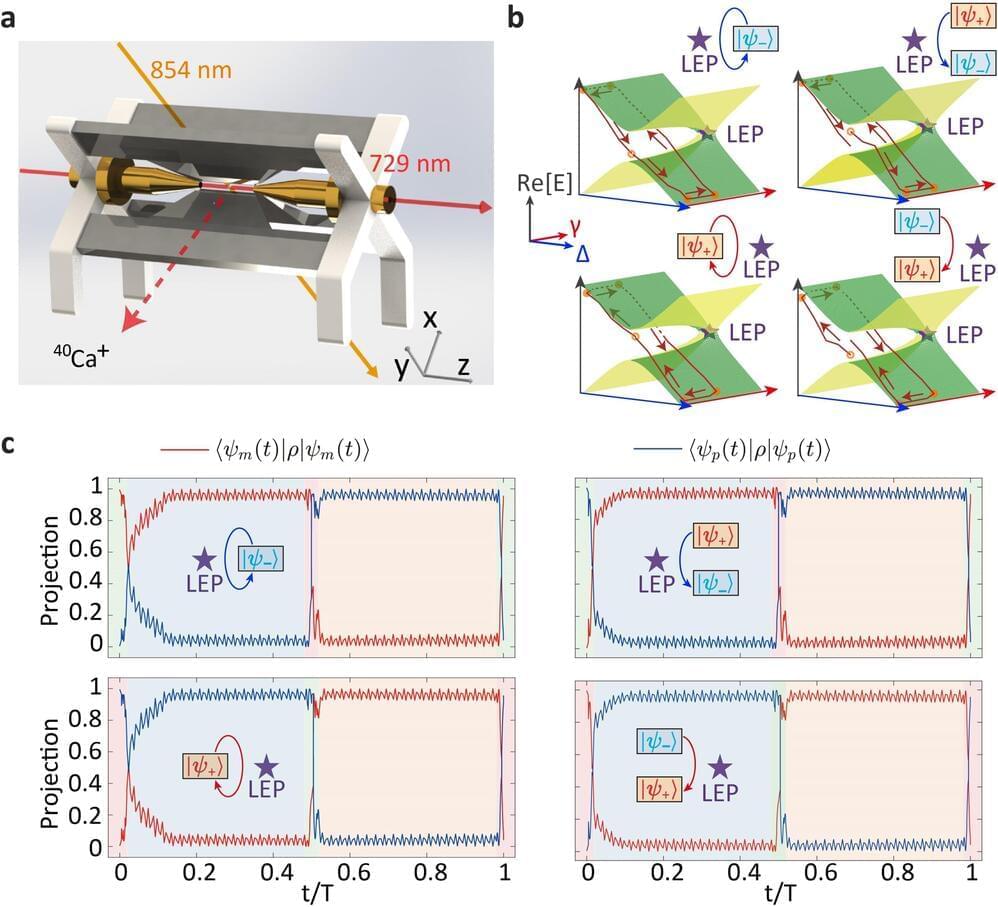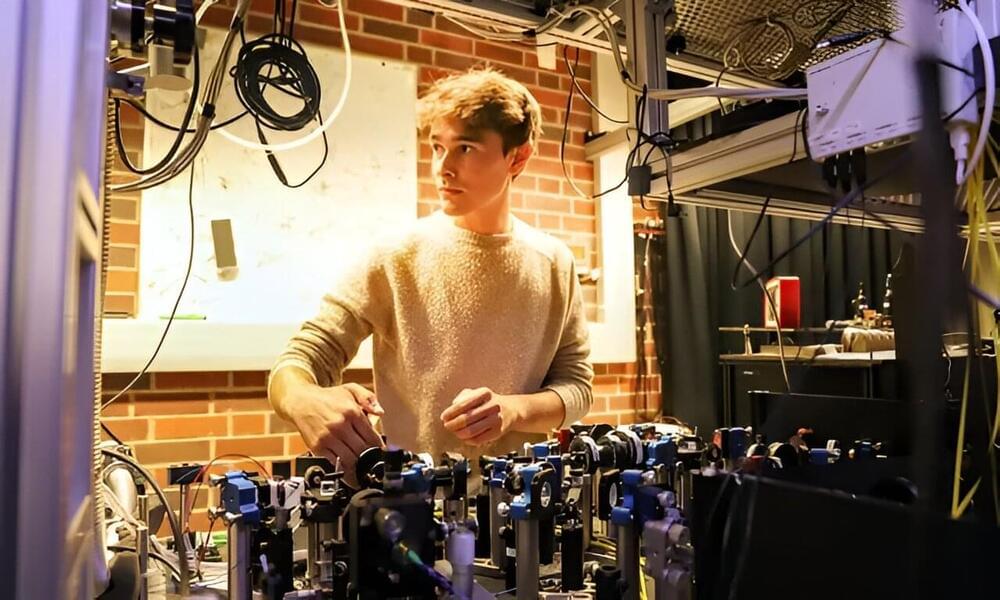We haven’t seen this in 50 years.
Finally, the goal of any healthcare organization is to provide the best possible care to patients. Predictive AI can contribute significantly to this goal by enabling more accurate diagnoses, tailored treatment plans and earlier interventions.
From the patient’s perspective, this translates to better health outcomes, reduced hospital stays and increased satisfaction with their care. For healthcare organizations, improved patient experiences lead to higher patient retention rates, positive word-of-mouth referrals and better performance on patient satisfaction metrics, which are increasingly tied to reimbursement rates in many healthcare systems.
As we’ve explored, the benefits of predictive AI extend far beyond improved diagnostics and treatment plans. It’s a catalyst for operational excellence, financial optimization, availability of investments and long-term growth. From resource management to building an authoritative brand, predictive AI touches every aspect of the healthcare business environment.
Nowadays, there’s lots of buzz about spectacular new medical treatments, such as personalized cancer therapy with modified immune cells or antibodies. Such treatments, however, are very complex and expensive and so find only limited application. Most medical therapies are still based on small chemical compounds that can be produced in large quantities and thus at low cost.
Moiré superlattices, structures that arise when two layers of two-dimensional (2D) materials are overlaid with a small twist angle, have been the focus of numerous physics studies. This is because they have recently been found to host novel fascinating unobserved physical phenomena and exotic phases of matter.
To build light-based quantum technologies, scientists and engineers need the ability to generate and manipulate photons as individuals or a few at a time. To build such quantum photonic logic gates that might be used in an optical quantum computer requires a special medium which allows strong and controlled interactions of just a few photons.
Thousands of light particles can merge into a type of “super photon” under certain conditions. Researchers at the University of Bonn have now been able to use “tiny nano molds” to influence the design of this so-called Bose-Einstein condensate. This enables them to shape the speck of light into a simple lattice structure consisting of four points of light arranged in quadratic form.
Heat engines, converting heat into useful work, are vital in modern society. With advances in nanotechnology, exploring quantum heat engines (QHEs) is crucial for designing efficient systems and understanding quantum thermodynamics.
A team led by Robert Keil and Tommaso Faleo from the Department of Experimental Physics has investigated the relationship between entanglement and interference in quantum systems of more than two particles in the laboratory.
Terahertz (THz) waves and THz technologies have gradually opened a new style for communications, cloud-based storage/computing, information contest, and medical tools. With the advancement of THz technologies, studies on THz nonlinear optics have emerged, achieving considerable breakthroughs in both physics and technology.
Widely utilized across various industries such as chemistry, agriculture, and military, this technology relies on strategies like dispersive optics and narrow-band light filters.
However, limitations exist in these approaches. Additionally, the fabrication of large-scale InGaAs detector arrays poses challenges, necessitating the development of new experimental methods and algorithms to advance infrared hyperspectral imaging technology in terms of miniaturization and cost-effectiveness.
In a paper published in Light Science & Applications, a team led by Professor Baoqing Sun and Yuan Gao from Shandong University introduce a novel method for encoding near-infrared spectral and spatial data.


